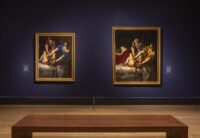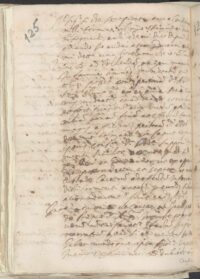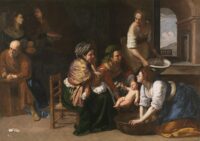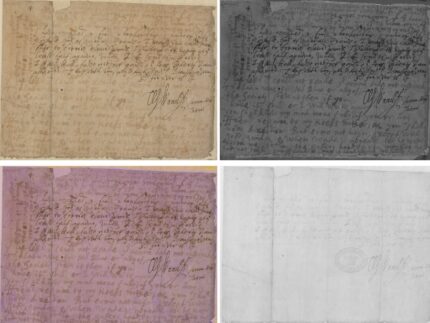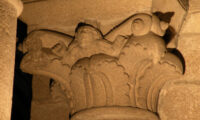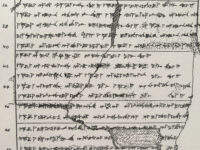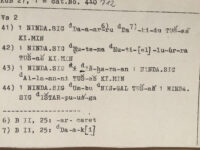Here’s an early Christmas present for all you boys and girls, if you consider triggering a gamut of emotions from uncomfortable to sheer terror a festive gift.
 I’ve posted several stories about the first “talking” dolls, the products of Thomas Edison’s infinite ability to find new markets for his technologies. They were 22″-tall cyborgs with metal torsos that held miniature versions of Edison’s phonograph. A crank on the back was turned to play the short songs engraved first on tin and then on wax cylinders. Even with pretty bisques faces, arms and legs and dressed in frilly finery, their weight, difficult operation and tendency to break made them unpopular with the target audience of young girls. Edison sold fewer than 500 Talking Dolls and many of them were returned due to defects, mainly scratched and eroded cylinders that no longer played.
I’ve posted several stories about the first “talking” dolls, the products of Thomas Edison’s infinite ability to find new markets for his technologies. They were 22″-tall cyborgs with metal torsos that held miniature versions of Edison’s phonograph. A crank on the back was turned to play the short songs engraved first on tin and then on wax cylinders. Even with pretty bisques faces, arms and legs and dressed in frilly finery, their weight, difficult operation and tendency to break made them unpopular with the target audience of young girls. Edison sold fewer than 500 Talking Dolls and many of them were returned due to defects, mainly scratched and eroded cylinders that no longer played.
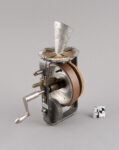 With the wax cylinders easily damaged and the early tin cylinders easily deformed, surviving Edison Talking Doll cylinders were muted for decades. Technology eventually came to the aid of the history of technology when the Lawrence Berkeley National Laboratory in California developed the IRENE-3D optical scanner capable of reading the surface of historical media without any contact. The first resurrected Edison doll recording was an absolutely chilling Little Jack Horner recovered from a tin cylinder in the collection of the Thomas Edison National Historical Park in West Orange, New Jersey. A distinctly less threatening Twinkle, Twinkle, Little Star emerged the next year.
With the wax cylinders easily damaged and the early tin cylinders easily deformed, surviving Edison Talking Doll cylinders were muted for decades. Technology eventually came to the aid of the history of technology when the Lawrence Berkeley National Laboratory in California developed the IRENE-3D optical scanner capable of reading the surface of historical media without any contact. The first resurrected Edison doll recording was an absolutely chilling Little Jack Horner recovered from a tin cylinder in the collection of the Thomas Edison National Historical Park in West Orange, New Jersey. A distinctly less threatening Twinkle, Twinkle, Little Star emerged the next year.
 I’ve just stumbled on another six of them. Eight of the cylinders known to survive of the different rhymes spoken by the Edison Talking Doll (including the above-mentioned Little Jack Horner and Twinkle, Twinkle) have been digitized by the Northeast Document Conservation Center in Massachusetts using the IRENE-3D scanning technology. They’ve all been uploaded to the National Parks Service website in both unrestored and restored versions.
I’ve just stumbled on another six of them. Eight of the cylinders known to survive of the different rhymes spoken by the Edison Talking Doll (including the above-mentioned Little Jack Horner and Twinkle, Twinkle) have been digitized by the Northeast Document Conservation Center in Massachusetts using the IRENE-3D scanning technology. They’ve all been uploaded to the National Parks Service website in both unrestored and restored versions.
My recommendations: Hickory, dickory, dock is thoroughly bloodcurdling, as is this second version of Twinkle, Twinkle, Little Star, and Now I lay me down to sleep should ensure you never will again. The time you would have one spent sleeping peacefully you can while away by reading this fascinating Cultural History of the Edison Talking Doll Record. Be sure to scroll down to the bottom of the page for each recording to browse photos of the associated dolls, mechanisms and cylinders.
